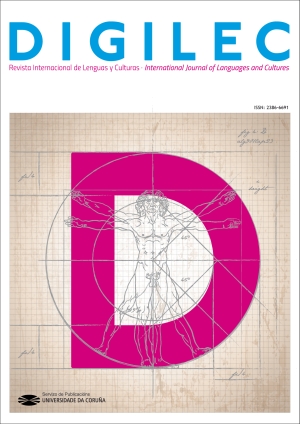Coherence, concordance and cohesion in teaching writing
Main Article Content
Abstract
The main objective of this research is to analyse the different activities that students carry out when writing in five educational districts in the province of Manabí (Ecuador). The main conceptual references of the study are: autonomy and quality in the written story, concordance between gender, number and person, coherence and cohesion, all of them indicators linked to the TERCE tests of reference scope. Results are presented from a survey that was randomly applied to 4439 students in the fourth and 4288 seventh grades of General Basic Education and questions posed to evaluate the teaching of writing (textual mastery) are correlated. The results show that in the textual dimension, textual cohesion accounts for the use of various grammatical mechanisms, while overall coherence is an indicator of thematic continuity. All these elements must be in synchrony with nominal agreement (noun and its determinants) and verbal agreement (subject and predicate), in order for the teaching and learning of writing to take place under optimal conditions. It is therefore necessary to apply methodological strategies that provide such advantages to students.
Keywords:
Downloads
Article Details
References
Adam, J. (1992). Les textes types et prototypes: Récit, description, argumentation, explication et dialogue. París: Nathan.
Calsamiglia, H. y Tusón, A. (2001). Las cosas del decir. Manual análisis del discurso. Madrid: Ariel.
Camps, A. (1994). L'ensenyament de la composició escrita. Barcelona: Barcanova.
Cassany, D. (1993). La cocina de la escritura. Barcelona: Anagrama.
Cassany, D. (2014). Describir el escribir-cómo se aprende a escribir-editorial. Barcelona: Paidós.
Ciruelo Rando, P. (2015). Los signos de puntuación: para aprender el uso de la puntuación de textos en español. Barcelona: Octaedro.
Flotts, M., Manzi, J., Jiménez, D., Abarzúa, A., Cayuman, C., y García, M. (2015). Logros de aprendizaje. Organización de las Naciones Unidas para la Educación, la Ciencia y la Cultura (UNESCO).
Flotts, M., Manzi, J., Lobato, P., Durán, M., Paz Díaz, M., y Abarzúa, A. (2016). Aportes para la enseñanza de la escritura. Organización de las Naciones Unidas para la Educación, la Ciencia y la Cultura (UNESCO).
Montolío, E. (2004). Conectores de la lengua escrita. Madrid: Ariel.
Niño Rojas, V. M. (2011). Competencias en la comunicación. Hacia las prácticas del discurso. México: Ecoe Ediciones.
Prado, J. (2016). Didáctica de la lengua y la literatura para educar en el siglo XXI (3.ª ed.). Madrid: La Muralla.
Quintero Ramírez, S. (2015). Identificación de los conectores discursivos de la más alta frecuencia en notas periodísticas deportivas. Revista de lingüística teórica y aplicada, 53(2), 47-71.
Rose, D. y Martín, J. R. (2012). Aprender a escribir, leer para aprender: género, conocimiento y pedagogía en la Sydney School. Caracas: Equinoccio.
Snow, C. E. y Uccelli, P. (2009). El desafío del lenguaje académico. El manual de alfabetización de Cambridge, 112, 133.
Vygotsky, L. (1978). Pensamiento y Lenguaje. Madrid: Paidós.


